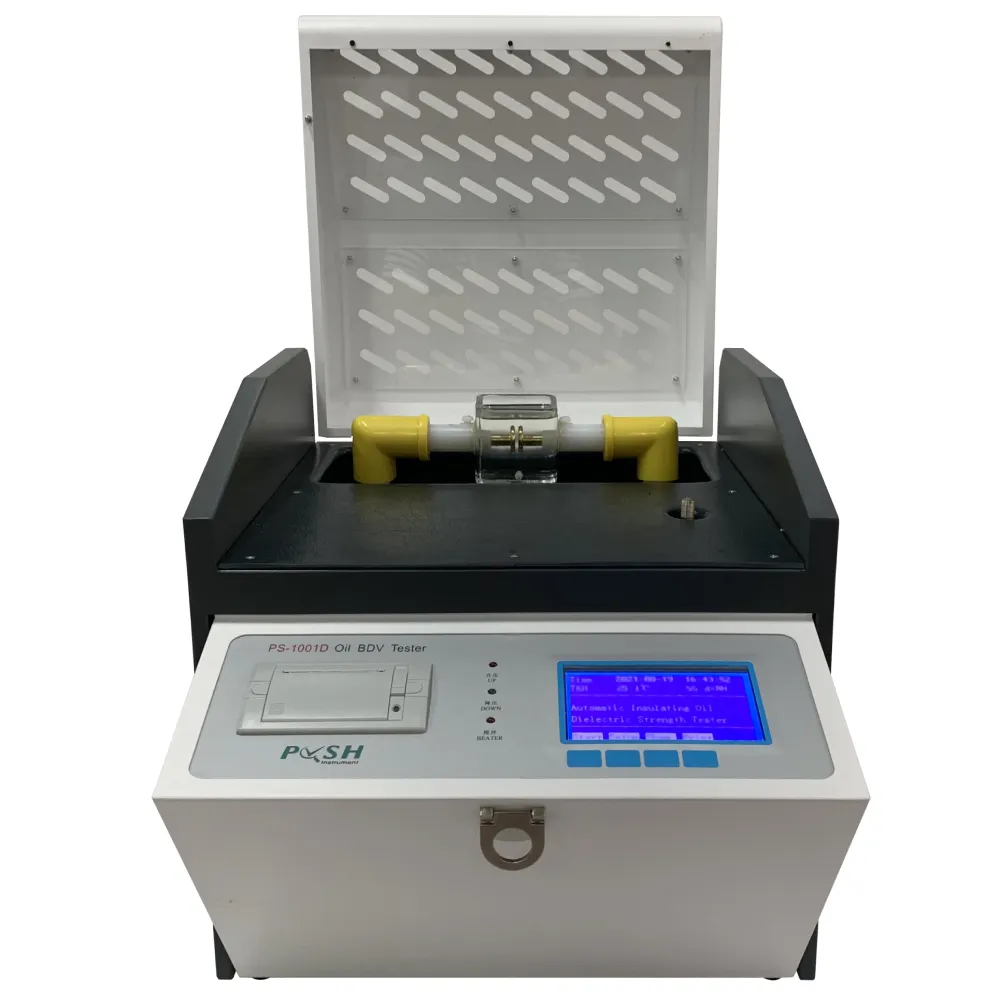 English
English


Understanding Hipot Testing and Its Relation to Leakage Current Standards and Safety Measures
Understanding Hipot Testing and Leakage Current
Hypot testing, short for high potential testing, is a widely used electrical safety test designed to identify insulation weaknesses in electrical devices. This critical procedure ensures that a product can withstand high voltages without any breakdown or leakage, which can lead to equipment failure or pose safety risks to users. One of the primary factors evaluated during hipot testing is leakage current, which plays a significant role in assessing the integrity of electrical insulation.
What is Leakage Current?
Leakage current refers to the small amount of electrical current that can flow through insulating materials when a voltage is applied. Ideally, this current should be minimal, indicating that the insulation is adequately preventing electrical flow. However, if the leakage current is too high, it could suggest that the insulation has deteriorated or that there are flaws in the design or manufacturing of the electrical device. High leakage currents can lead to increased heat generation, potential damage to components, and even pose fire hazards.
The Importance of Hipot Testing
The primary goal of hipot testing is to ensure that electrical devices are safe for use under their specified operating conditions. By applying a voltage that is significantly higher than the normal operating voltage, hipot testing identifies any breakdowns in insulation before the device is put into the market. This testing procedure varies based on the type of device and its intended application, but generally, it involves applying a voltage for a specific duration and measuring the resulting leakage current.
The relationship between hipot testing and leakage current is crucial in determining whether a device is safe for operation. The test typically has predetermined thresholds for acceptable levels of leakage current. If the leakage current exceeds these limits, the device fails the hipot test, indicating that it may pose a risk during normal use.
hipot leakage current

Factors Affecting Leakage Current
Several factors can influence leakage current during hipot testing. These include
1. Material Properties Different insulating materials possess varying levels of resistivity, which directly affects leakage current. Materials that are old or degraded may allow higher leakage currents to flow.
2. Environmental Conditions Humidity, temperature, and even contaminants on the electrical surface can greatly impact leakage current. For instance, moisture can create conductive paths that allow current to flow, leading to higher leakage measurements.
3. Physical Design The physical layout of the device, including the spacing of conductive parts and the thickness of insulating layers, can also contribute to the amount of leakage current observed during testing.
Conclusion
In conclusion, hipot testing is an essential procedure for ensuring electrical safety and performance. Leakage current is a key parameter in this process, providing insight into the condition of insulation and the overall integrity of electrical devices. By understanding the significance of leakage current and conducting thorough hipot tests, manufacturers can improve product safety, reduce the risk of malfunctions, and protect consumers from potential hazards. Ultimately, a commitment to stringent testing protocols fosters trust and reliability in the electrical products we use daily, leading to a safer environment for everyone.
-
Differences between open cup flash point tester and closed cup flash point testerNewsOct.31,2024
-
The Reliable Load Tap ChangerNewsOct.23,2024
-
The Essential Guide to Hipot TestersNewsOct.23,2024
-
The Digital Insulation TesterNewsOct.23,2024
-
The Best Earth Loop Impedance Tester for SaleNewsOct.23,2024
-
Tan Delta Tester--The Essential Tool for Electrical Insulation TestingNewsOct.23,2024





